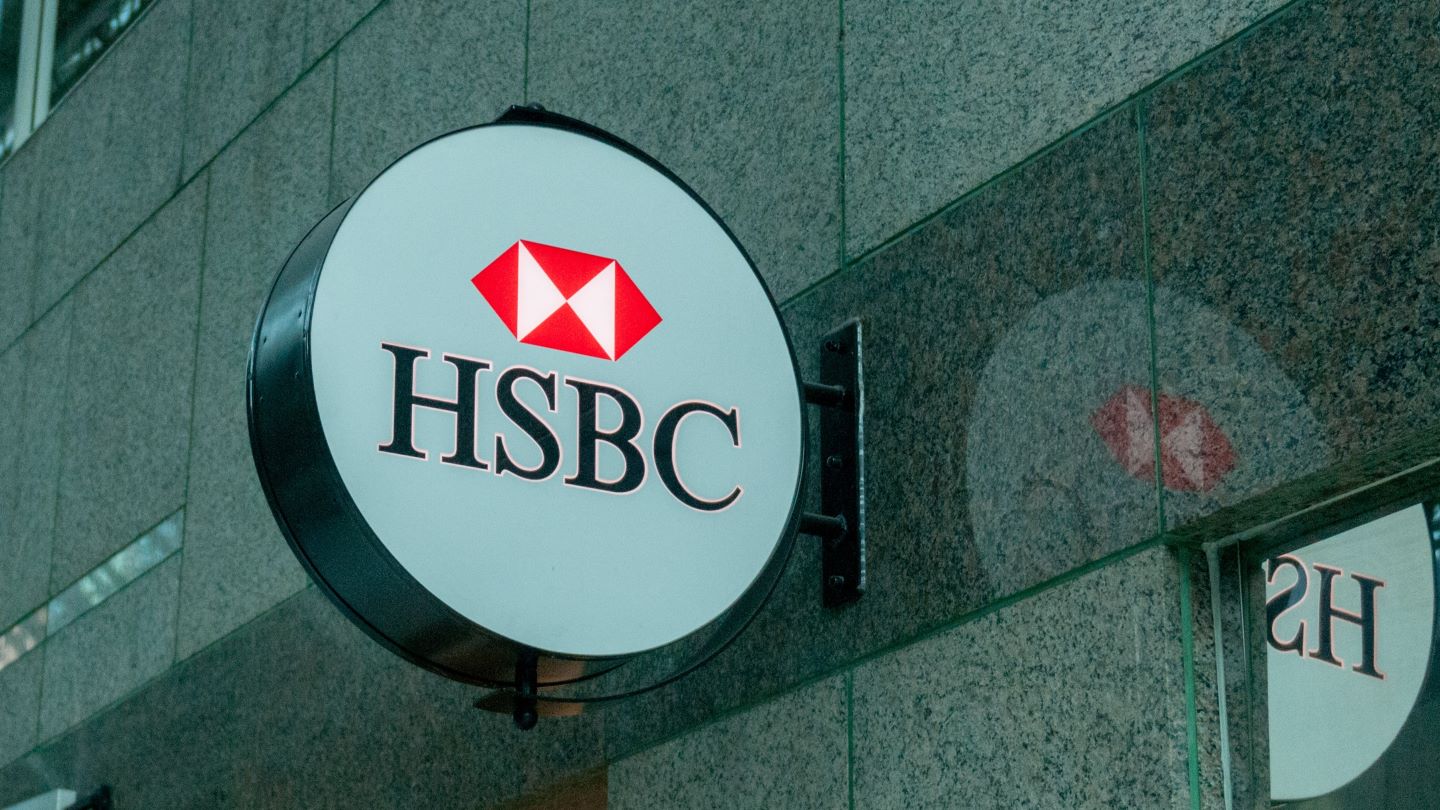
HSBC Holdings is set to undergo a massive restructure into four businesses to accelerate delivery against its strategic priorities.
From 1 January 2025, HSBC will operate under these arms; Hong Kong, UK, corporate and institutional banking, and international wealth and premier banking.
Why does HSBC need a restructure?
According to the company, these changes will reduce the duplication of processes and decision making held within the current structure.
International wealth and premier banking will bring together the premier banking focussed businesses outside of the UK and Hong Kong, the global private bank, the wealth manufacturing businesses, asset management, and insurance. It will be led by Barry O’Byrne.
The new UK arm will comprise UK “Personal Banking” (including First Direct and M&S Bank) and UK “Commercial Banking,” including Innovation Banking and will be led by Ian Stuart.
In addition, the group executive committee of 18 members will change to a new group operating committee of only 12.
HSBC Group Chief Executive Officer, Georges Elhedery, commented: “The changes that we are announcing today will make it easier for our colleagues to serve our customers and drive the future success of the Group. The new structure will result in a simpler, more dynamic, and agile organisation as we focus on executing against our strategic priorities, which remain unchanged.
“I am excited about the opportunities ahead of us and firmly believe that this structure sets us up to deliver the next phase of growth. Our home markets of the UK and Hong Kong, together with our corporate and institutional banking as well as our wealth and Premier banking businesses, are the core strengths of HSBC.
“By making these changes, we can better focus on increasing leadership and market share in those businesses which have clear competitive advantage and the greatest opportunities to grow. This is how we will fast forward our plans to execute our strategy, unleash the full potential of the bank and ensure our talented colleagues can thrive, and deliver best in class products and service excellence, for our customers. When our customers succeed, so do we.”
Furthermore, as well as the restructure, HSBC has appointed Pam Kaur as its group chief financial officer.
Kaur is currently group chief risk and compliance officer and holds almost 40 years of experience.
Sir Mark Tucker, HSBC Group Chairman, said: “I would like to congratulate Pam on her appointment as GCFO. She is highly respected and well known to the Board and was the unanimous choice. I wish Pam every success in her new role and thank Jon for his excellent support as interim GCFO.”
Market reaction
Susannah Streeter, head of money and markets, Hargreaves Lansdown, said: “The new CEO Georges Elhedery has moved swiftly to put his own corporate stamp on HSBC, with a restructuring drive which focuses on elevating the growth levers in the business. Second quarter revenues got a significant boost from the fees generated in its wealth business, so creating a new division to focus on high and ultra net worth accounts is aimed at capitalising on further potential that this area of the business promises.
“HSBC is long been on an Asian pivot, but it’s not gone far enough for a section of the investor base, who have wanted to see the business spin out its Asian operations. This has been repeatedly rebuffed, and with Mr Eldhedery maintaining that the bank’s strategic priorities remain unchanged, splitting its operations into Eastern markets and Western markets division does not seem to indicate that a hiving off is on the cards. Instead, cost-cutting is a big driver of these changes, with fresh efficiencies likely through the simplification of its geographical structures and the merger of its commercial and institutional banking operations. Pam Kaur is likely to be seen as a safe pair of hands as the new Group CFO, given she’s been at the bank for more than a decade in numerous financial leadership roles.
“Shareholder reaction to these moves has been muted, with a shift in focus on wealth management largely expected, and the restructure of the senior management team not ruffling any feathers. Given the bank’s big Asia focus, China’s economy is still a concern. There are ongoing challenges in in the Chinese commercial real estate market, and although management has indicated the worst has come and gone, concerns are still lingering about how far the planned stimulus form authorities will really move the dial on sentiment.”







